Last month’s wet weather, although disappointing for those off work on their summer holidays, means that the mushroom season has kicked off earlier than usual.
This is the season when many (perhaps even most) Swedes bunk off from work early to roam their local forests, bringing back giant hauls of tasty chanterelles (kantareller), trumpet chanterelles (trattkantareller) and ceps (karljohansvamp).
If you’re in the right part of Sweden, and find a good spot, you can bring back kilos and kilos, which if dried or frozen can keep you going right through to next season.
But for many foreigners (at least those who don’t come from similarly fungally-fixated nations), it can all seem overwhelming, meaning they miss out on one of the great joys of living in Sweden.
To know when to go out, study the weather. If there’s been a heavy downpour, that will get the mushrooms growing, with ceps showing up 3-10 days after a heavy downpour and chanterelles taking two to three weeks.
The Local spoke to Patrik Björck, co-founder of the Svamp-Klapp, Sweden’s biggest Facebook mushroom forum, about how to get started.
1. Only pick (and eat!) what you know
Many beginners tend to uproot the first mushroom they come across and then seek to identify it and see if it’s poisonous or not. Don’t do this. It’s a much better approach to study just one or two of the most common edible mushrooms beforehand and then go out looking only for them.
“Never eat anything you can’t safely identify,” Björck advises, although he stresses this is no reason to be overcautious.
“Do not be scared or intimidated by the number of different mushrooms you encounter: only about 100 of the perhaps 10,000 possible mushrooms you might see are good edibles. But only a couple of handfuls are potentially lethal.”
Chanterelles, trumpet chanterelles and ceps make a good start, and are in fact more or less all the average Swede will pick.
To start off with, stay away from the sort of white mushrooms you might find in supermarkets, as they can quite easily be confused with fungi that are very poisonous indeed. Particularly stay away from white mushrooms with white gills (I don’t dare touch them).
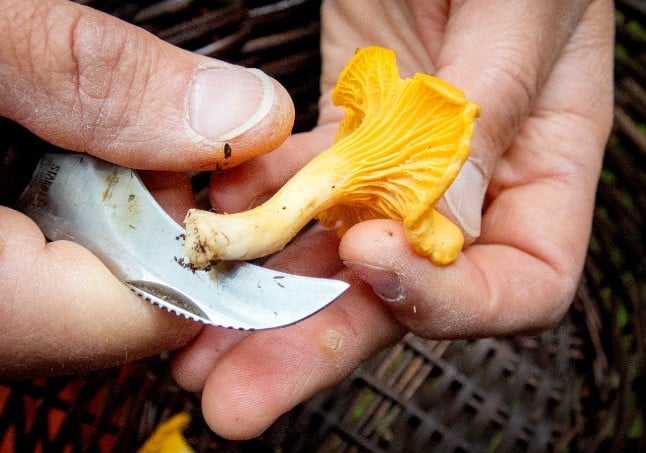
Chanterelles are most often found in pine woods (although you might find some under beech and oak in Skåne), and hide under fallen leaves, making them hard to spot until you get the knack for it. You’re most likely to find nothing for an hour and then stumble on a patch hiding dozens and dozens, so be patient.
They are yellow and, instead of gills, have ridges which run down the stem a bit with no defined ring dividing them.
The beauty of Chanterelles is that the only thing you can really confuse them with, the false chanterelle (narrkantarell) is only slightly unpleasant tasting and not actually poisonous.
According to Björck, there are two ways of telling the difference: “Flesh colour: Chanterelles will have white, slightly stringy, meat when cut open. False chanterelles will have orange, slightly rubbery, flesh. Scent: chanterelles are apricot-scented, false chanterelles smell of rotting wood.”
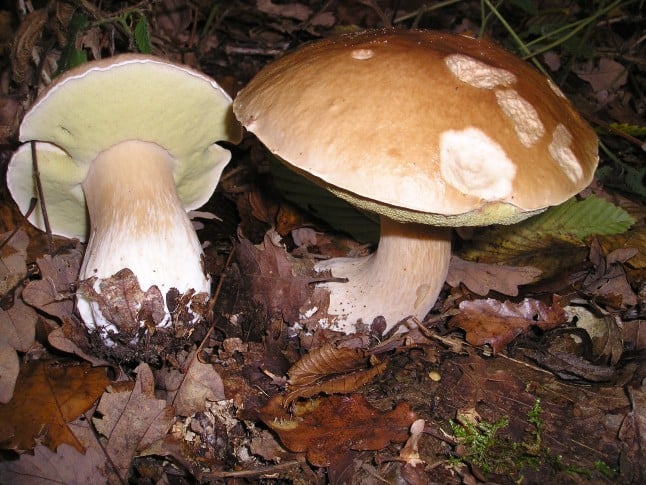
The cep is the most popular of the bolete family – in Swedish sopp(ar). It’s the porcini mushroom beloved of Italians, which you can buy in delicatessens sliced and dried for risottos.
But many of the others boletes, such as the bay bolete (brunsopp), and birch bolete (tegelsopp/aspsopp) are also tasty.
The boletes are easy to identify due to the spongy tubes they have in place of gills, and their brown dimpled caps. As with chanterelles, there’s little chance of unexpectedly ending up in the emergency ward, with only one poisonous genus.
“Genus Rubroboletus are the only truly toxic boletes, albeit not lethally so,” Björck says. “You won’t die, just wish you did.”
These include the Satan’s bolete (djävulssopp), which will make you very sick but is only found in Sweden on Gotland and Öland, and the false Satan’s bolete, which is rare but can be found in eastern Sweden at Drottningholm in Stockholm, Sparreholm in Södermanland, Linköping in Östergötland and Öland.
“To keep away from these, avoid boletes with a grey cap colour and red pores, since that combo only is found in that genus,” Björck advises.
You should also watch out for the very bitter but not actually poisonous bitter bolete (gallsopp), which you can identify by the pinkish pores, and the black web on the stem.
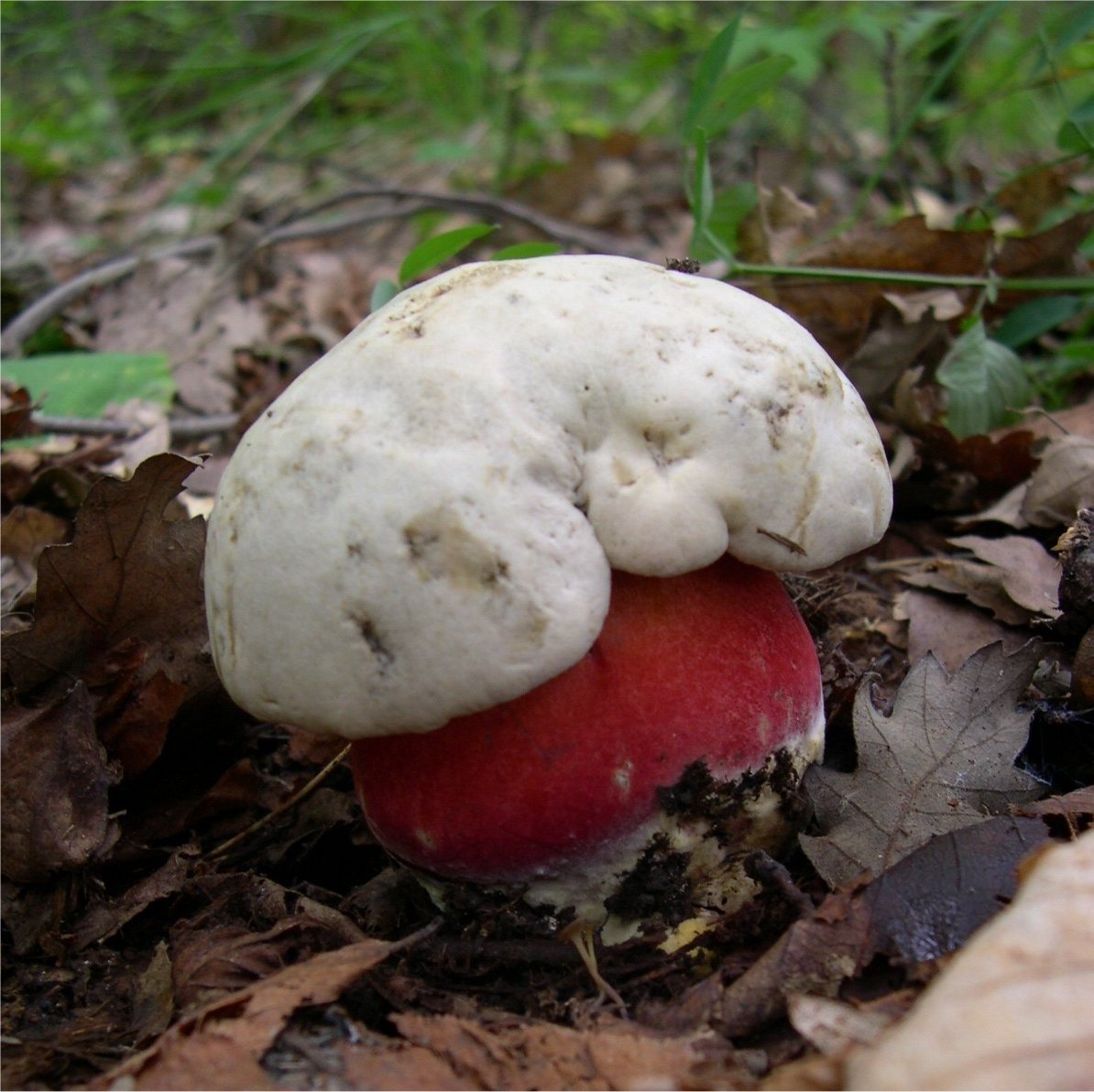
2. Find your spot
The best forests to hunt for mushrooms in are old-growth forests, ideally a mix of pine or fir with a deciduous tree such as birch, oak or beech. But Björck stresses that you can still find ceps and chanterelles in commercial spruce and pine plantations.
If you ask around, you can normally find out which local forests are deemed decent for mushroom-picking, but you will still need to spend a long time walking around until you stumble upon a really good spot. When you do, note it down, because it will probably still be producing in a few weeks, and then again next year.
If you can convince a friendly Swede to show you some of their best spots, it will save you a huge amount of trial and error, but it would have to be a very friendly Swede indeed, as most guard theirs with their lives.
Often, local nature reserves organise fungal forays, which might be a way of accessing local knowledge.
It also pays to get away from well-trodden paths and at least a few hundred metres away from the nearest car park. Some take bicycles so they can go deep down narrow forest paths.
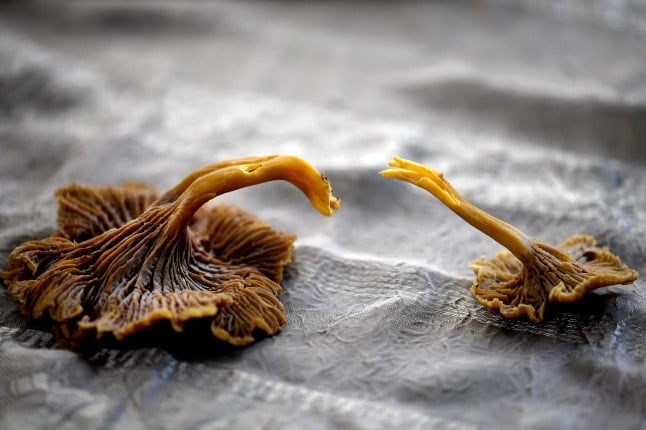
3. Get a book
Probably the most popular Swedish book is Lilla Svampboken, the little mushroom book, by Pelle Holmberg and Hans Marklund. It’s small enough to stick in your anorak pocket and has more than enough mushrooms in it to get you started.
I’m a big fan of the River Cottage Handbook No.1 for Mushrooms, by John Wright, which is amusingly written, full of information, and has good photos and drawings. It’s more oriented to the UK, which works for Skåne where I live, but would be more of an issue the further north in Sweden you get. It includes lots of field mushrooms few Swedes would touch, giving you a competitive edge.
Mushroom forums like Svamp-Klapp are also very useful, and the members will quickly identify anything you pick. But you need to upload good pictures, showing the mushroom from various angles, gills, stem and so on.
Swedish speakers can also look at Björck’s YouTube channel Svamp för Alla, which is super geeky but very useful.
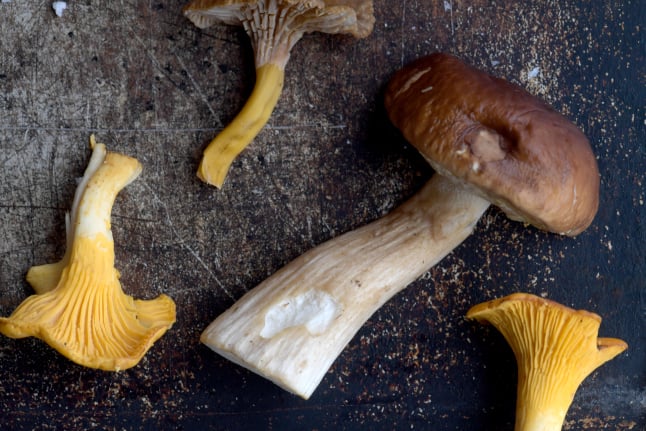
4. What to bring?
Björck recommends travelling light. “Bring only useful things. All you really need to carry is a good basket, a knife, your phone. And of course a snack or beverage; forest fika is always a spiffing idea.”
You might want to decouple from technology during your mushroom hunting, but a phone is very useful for tracking your location, and noting down where you find good spots, and also for photographing what you find and getting help identifying it on Svampguiden or Svamp-Klapp.
Baskets are better than buckets, as the mushrooms are less likely to get slimy. I sometimes bring two – one for mushrooms I know are edible, and one for ones I picked out of curiosity (ignoring advice no 1 above). You can get good ones at Biltema, Ikea, and Åhlens, among other places – search for korg (basket) or svampkorg (mushroom basket).
Opinel knives are good for harvesting mushrooms, but more or less any knife will do.
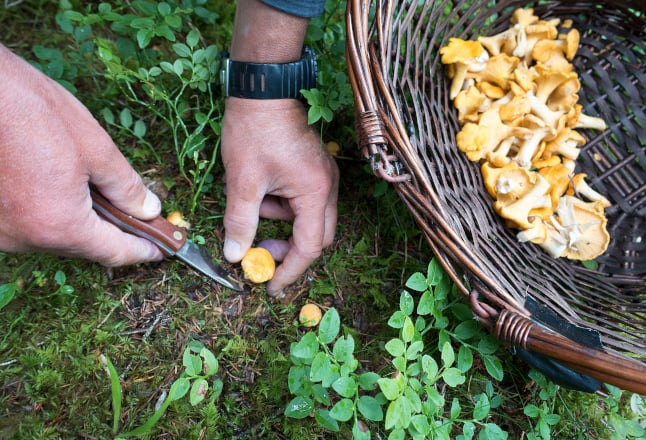
5. Be a snob and don’t lay waste to the forest
Björck says it pays to be be picky. “Dragging home maggot-infested corpses isn’t very productive. Only pick the perfect specimen. Leave the rest to the critters already inhabiting them. The forests are vast, and there are many more mushrooms in them than you ever could pick, so discretion is strongly advised.”
Many Swedes leave the root of the mushrooms, believing that this will help them grow back, but as mushrooms are just the fruiting bodies of vast underground networks, in reality leaving the root doesn’t make any difference at all.
You should, however, avoid ripping up every mushroom you see then throwing it away when you decide it might be poisonous.

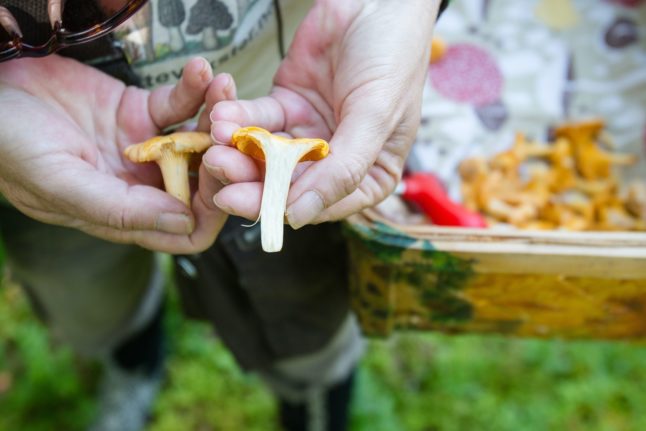

 Please whitelist us to continue reading.
Please whitelist us to continue reading.
Member comments